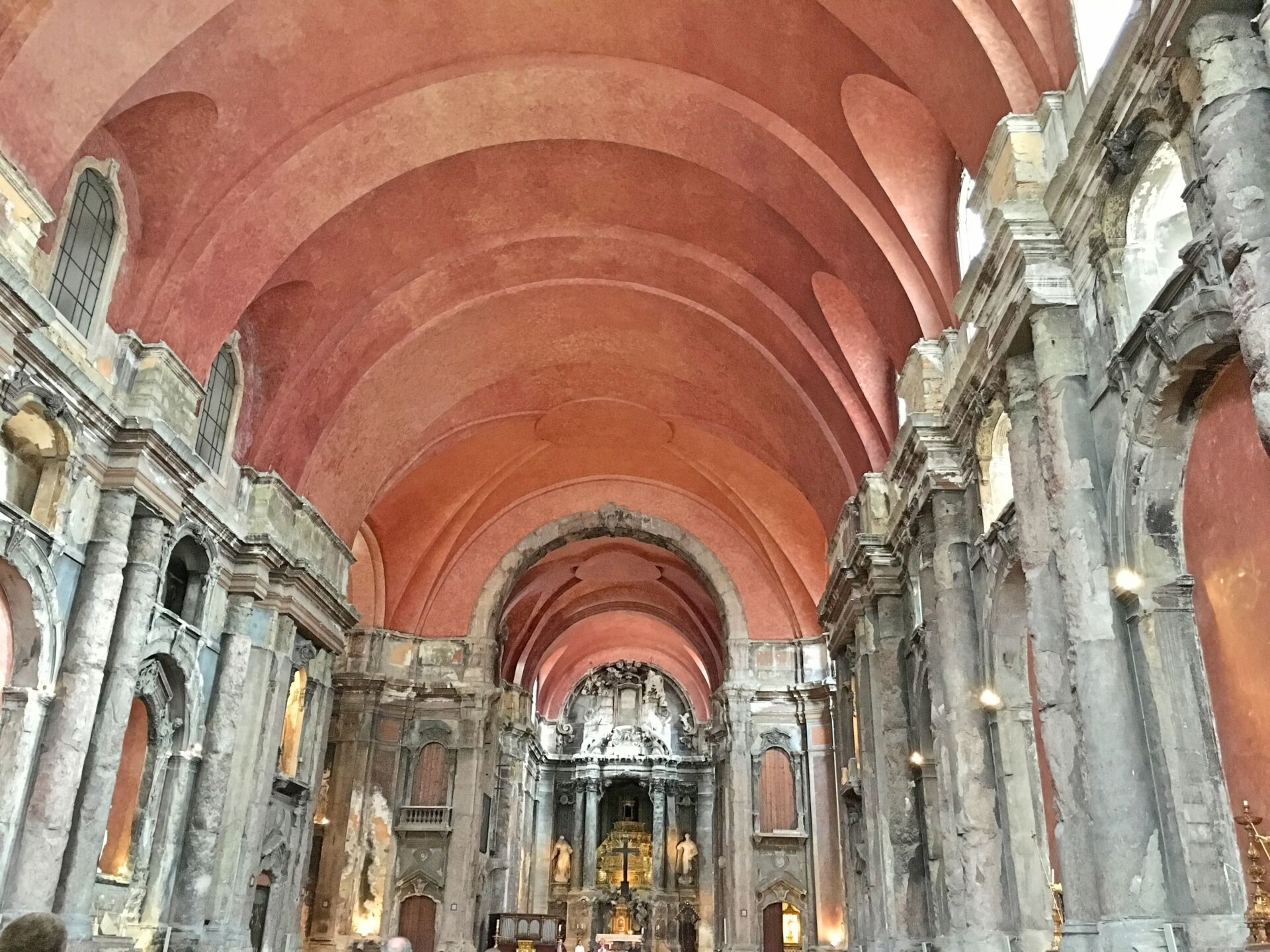In the middle of downtown Lisbon lies a very unique church. Built in 1241, it was the location of important historical events including royal weddings, Inquisition trials, conspiracies for Portugal’s 1640 Restauration War, and numerous fairs and markets. It has been destroyed on several occasions by earthquakes and a fire. As far as buildings go, this church has gone through more than you can imagine… and yet, it still stands today.
The Igreja de São Domingos was the first Dominican church of Lisbon. And you can still see one of the original 13th century walls inside, although most everything else dates from later periods. Over the course of nearly 800 years, the church has witnessed the nation’s capital go through good times and dark times.
In 1506, the massacre of Jews took place right outside the church. As soon as the King found out about the event, he tried to suppress it, but it took three days, by which point thousands had already been killed. Eventually, the Dominican priests and others who incited the violence were sentence to death. Today, there’s a plaque in the square outside the church that pays homage to those victims.
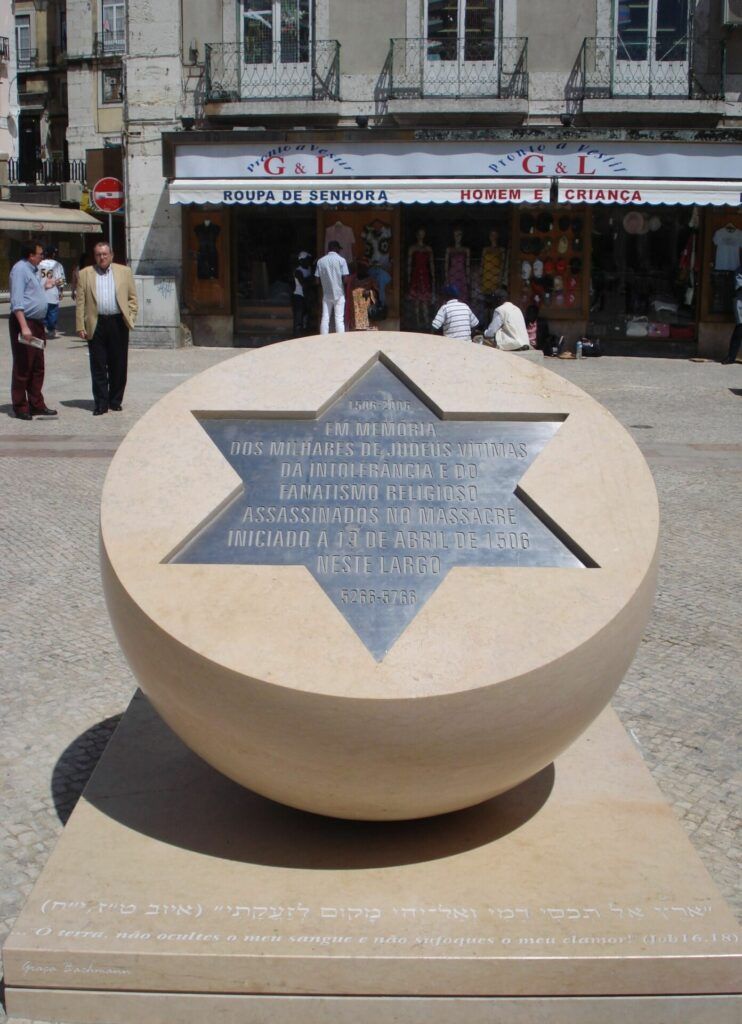
While there were numerous earthquakes that damaged the Igreja de São Domingos, two in particular stand out. In 1531, an earthquake that killed 30,000 people also took its toll on the church. The most famous earthquake in all of Portugal’s history, the 1755 earthquake, brought it down almost completely. Only the majestic, baroque altar – built only 7 years prior to the earthquake – survived. The altar was not only splendid in size, but also in wealth: the quantities of gold used on it are symbolic of the shift in focus of the time from the discoveries in Asia to the discoveries in the Americas.
After the earthquake, King D. José set about rebuilding the church. Even though the reconstruction began almost immediately, it took several years to complete – until 1807, to be exact. The façade and the current walls you see today were all built during this period. The enormous window facing the Rossio Square welcomes the faithful inside.
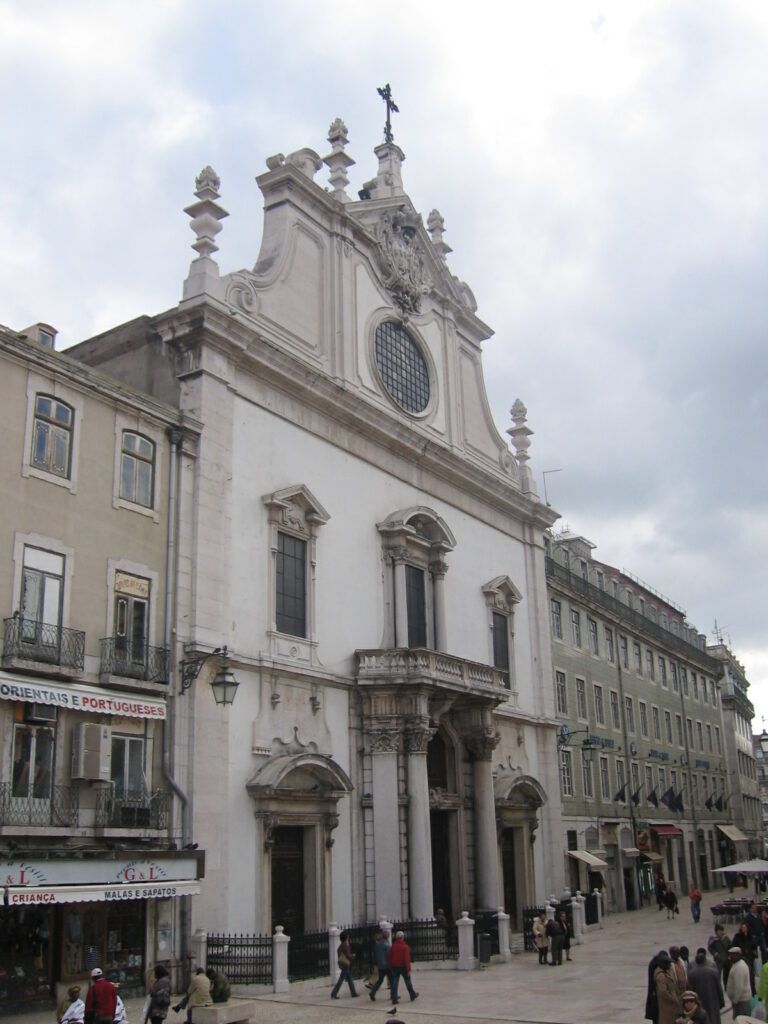
Despite all the natural disasters, and some man-made ones, the church was also the setting of many happy events. For hundreds of years, fairs and markets took place right outside the church. It was also a very social space – composers, singers, and artists would all frequent the area. The D. Maria II theater, built in the mid-15th century is located a stone’s throw away from the Igreja de São Domingos. It was the site of royal weddings (such as that of D. Luís and D. Maria Pia), proclamations, and baptisms (Carlos I, for example). Right across the street from the church, at the Palácio da Independência, is where the last meeting before the Restauration War took place.
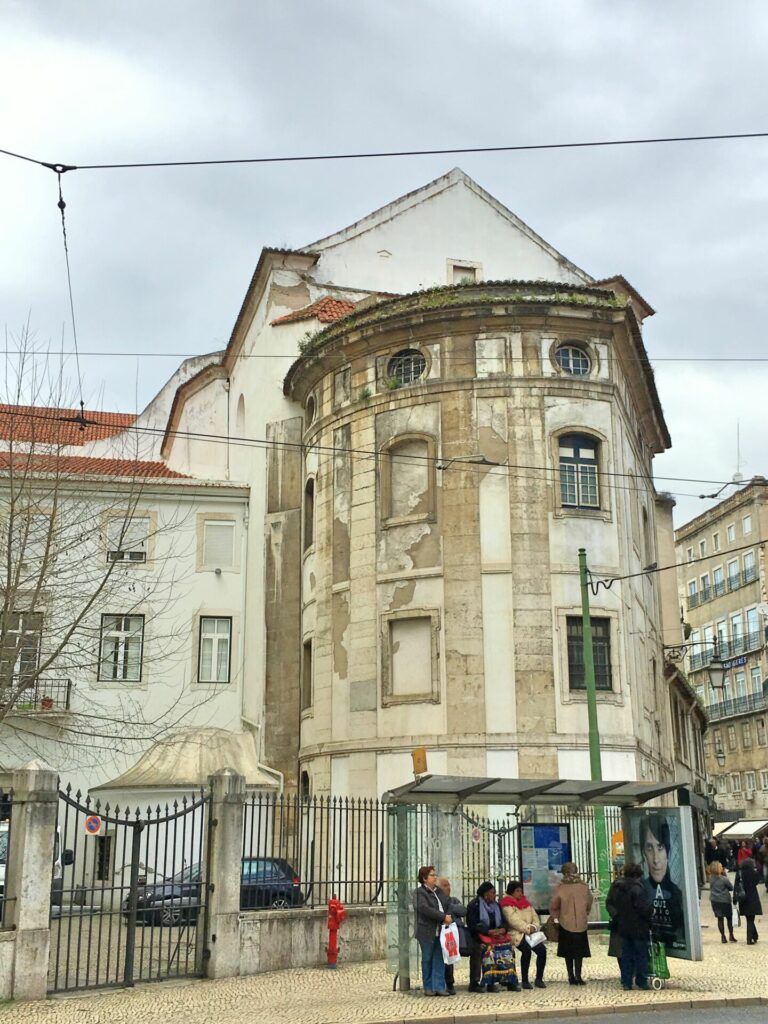
But another disaster struck the church in 1959: a fire broke out and the inside – including valuable pieces of art – was completely destroyed. It only reopened in 1994. Today, you can go into the church and see its burnt interior, which is a little macabre, but fascinating, and entirely unique. You can still some of the architectural details that survived the fire and, with a little imagination, you can visualize what they looked like back in their heyday. Not only will you see a one-of-a-kind church, you’ll see one that has experienced a lot in its 800-year history.
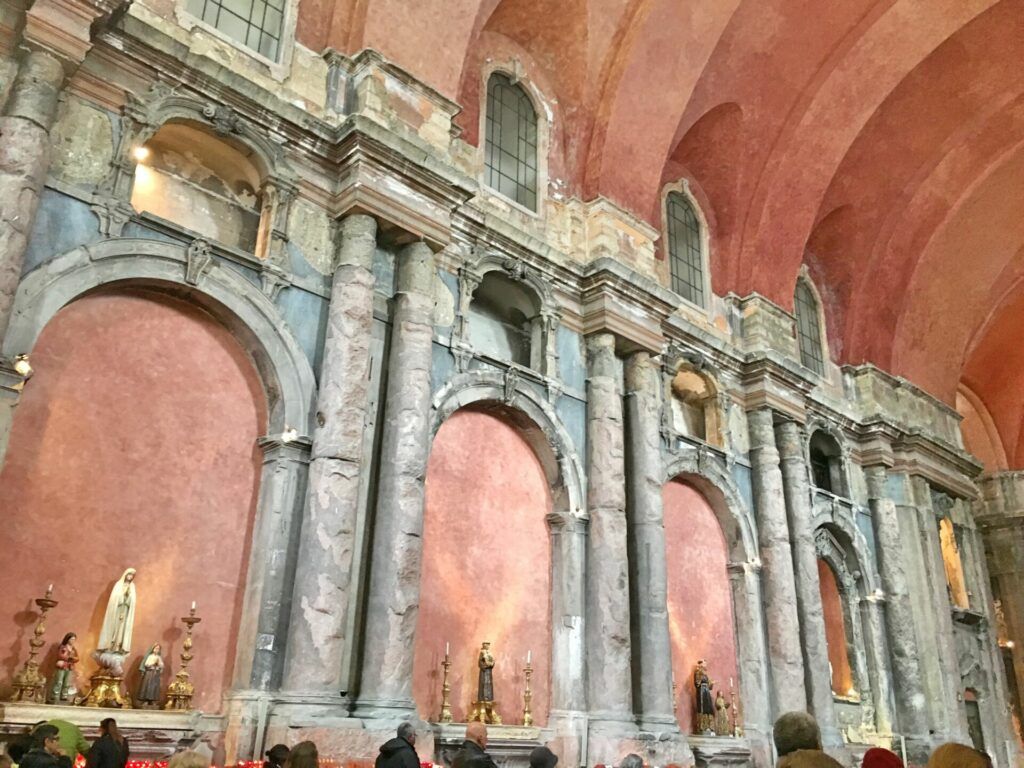
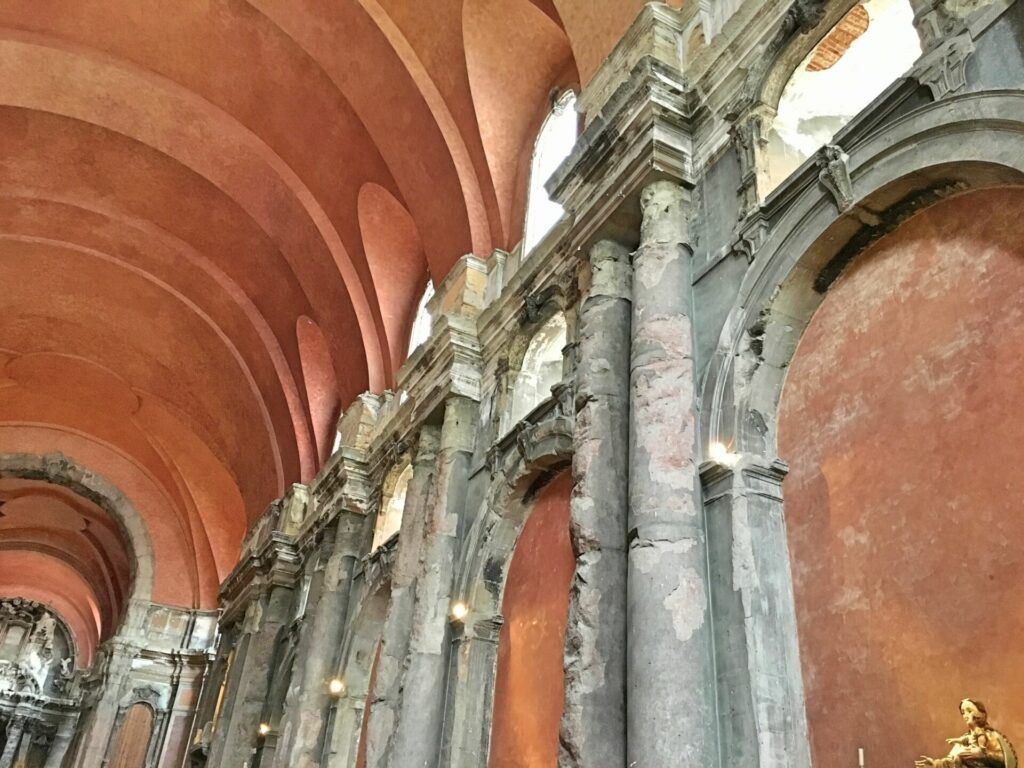
If you are interested in visiting this church, you can find it in the Largo São Domingos, 1150-320 Lisboa.
